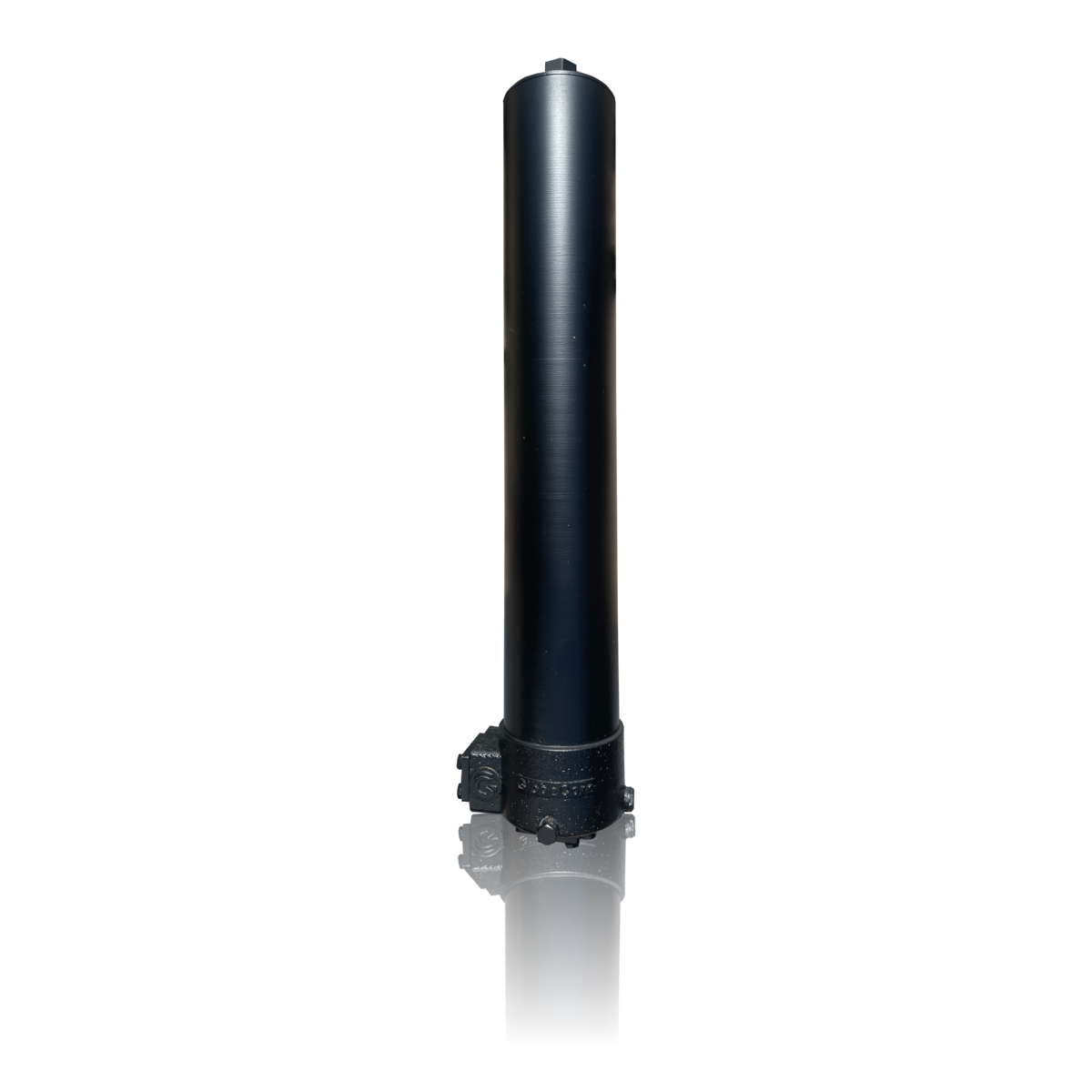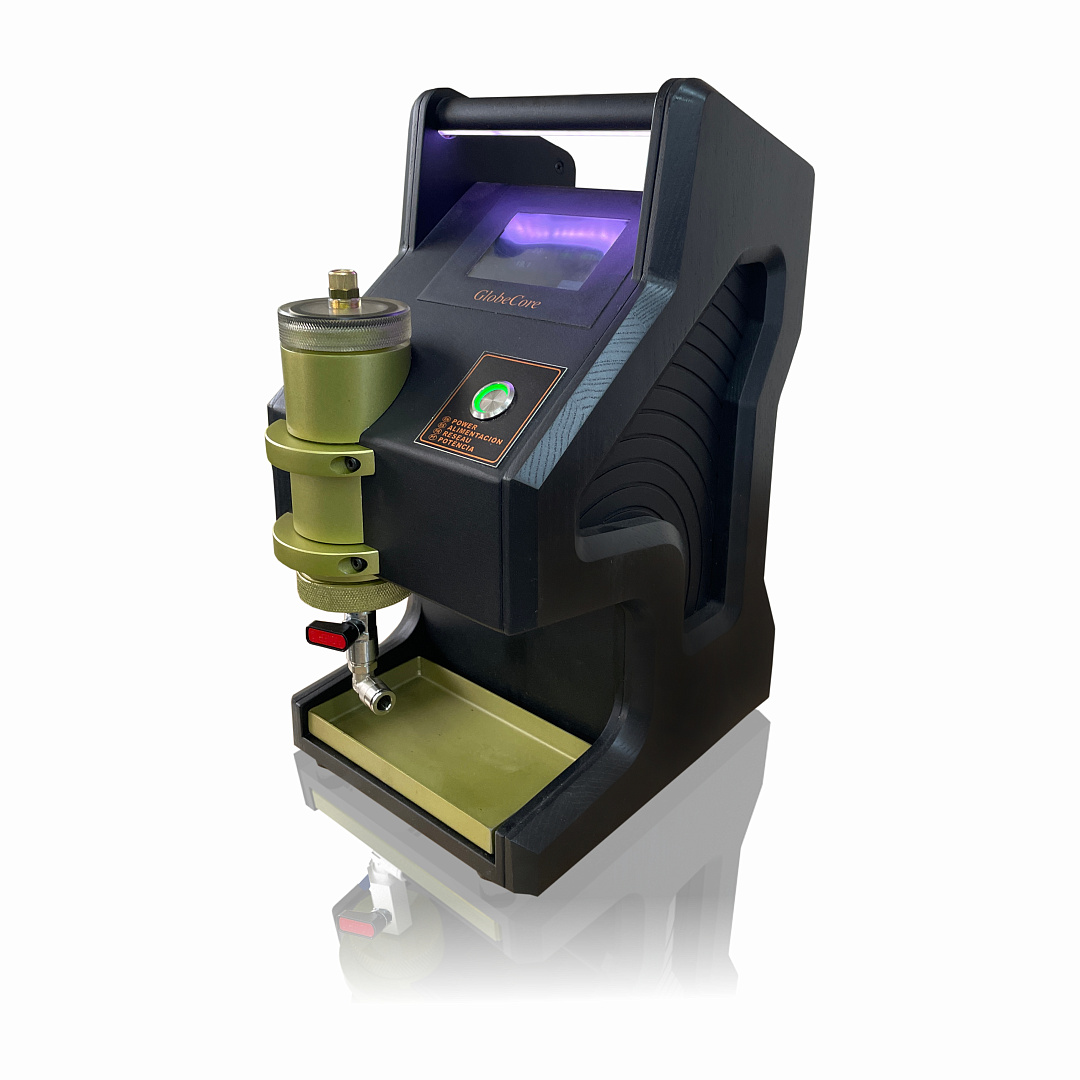What steps are involved in Diesel Fuel Filtration System Optimization?
- 该话题包含 1个回复,2 人参与,最后由 更新于 1年、 2月前 。
Answers
-
十月 4, 2024 8:27 下午 by Haruto Tanaka
Optimizing a Diesel Fuel Filtration System involves several key steps to ensure maximum efficiency and fuel purity. Assessment and Analysis: Begin by evaluating the current system’s performance, identifying bottlenecks, and analyzing fuel quality data to understand contamination levels. Filter Selection: Choose appropriate filters with the right micron rating and filtration media to target specific contaminants effectively. Flow Rate Adjustment: Optimize the fuel flow rate to balance filtration efficiency and system pressure, ensuring thorough contaminant removal without causing excessive pressure drops. Component Upgrades: Incorporate advanced filtration technologies, such as multi-stage filters or magnetic separators, to enhance purification capabilities. Regular Maintenance: Implement a strict maintenance schedule for filter replacements, cleaning, and inspections to prevent clogging and ensure continuous operation. Monitoring and Control: Use real-time monitoring tools and automated control systems to track system performance and make adjustments as needed, maintaining optimal filtration conditions. System Design Review: Reevaluate the overall system layout and component placement to improve fuel circulation and contaminant capture efficiency. Training and Procedures: Educate personnel on best practices for operating and maintaining the filtration system to ensure consistent performance. By systematically addressing these steps, Diesel Fuel Filtration Systems can be optimized to achieve higher fuel purity, enhance engine performance, and extend system longevity.



